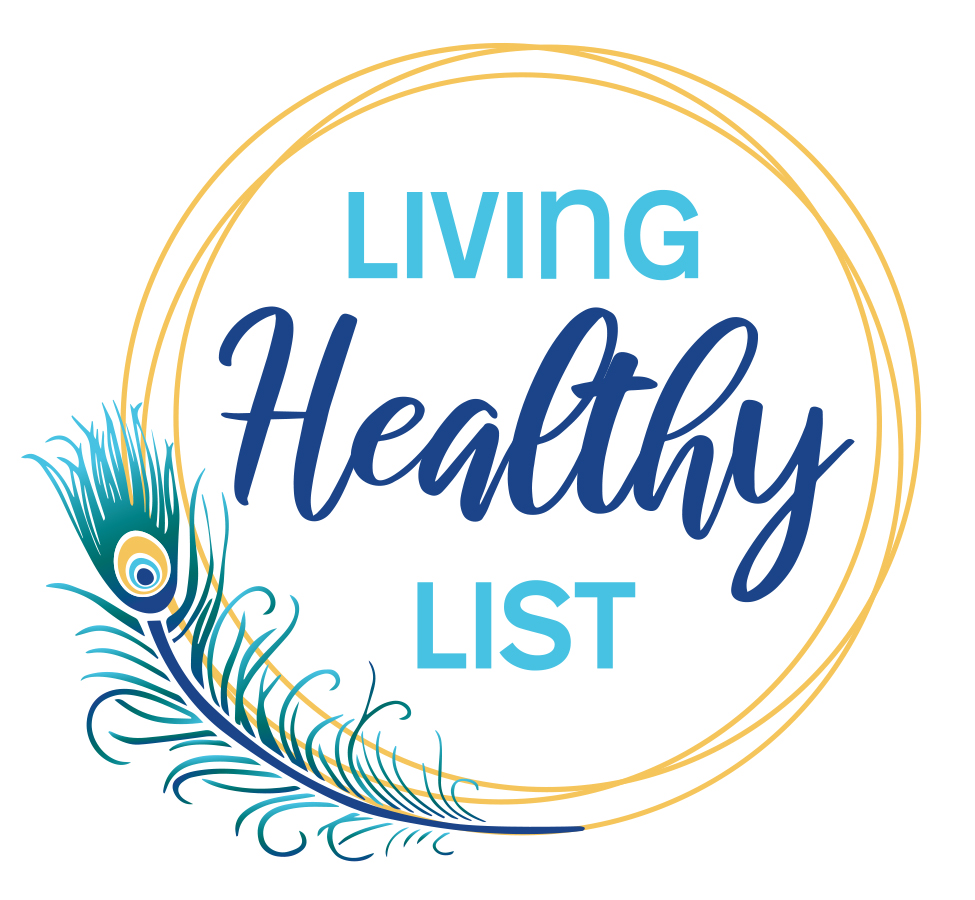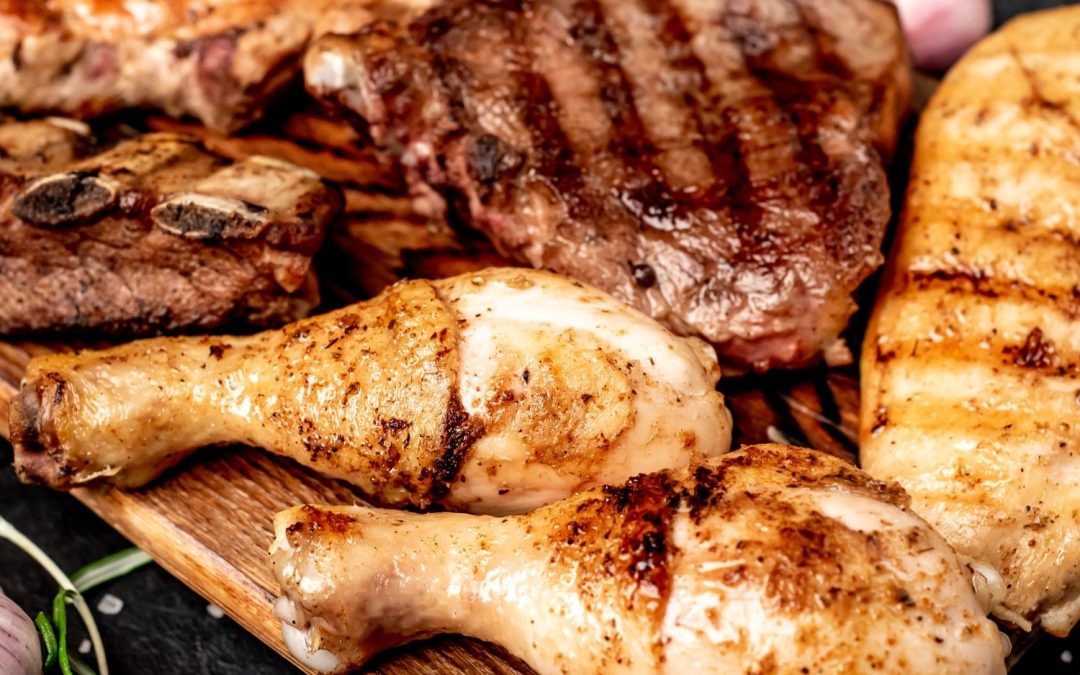You hear and read it everywhere: eat a balanced diet! Though seemingly good and intuitive advice, what does the term “balanced diet” actually mean? Do you know? Given how significant diet is for our overall health, understanding the cornerstones of good eating is essential, especially as we age. Read on to learn what it means to eat a balanced diet so you can foster your health with the facts.
The Foundation: Macronutrients and Micronutrients
A truly balanced diet consists of the right mix of macronutrients—proteins, carbohydrates, and fats—alongside essential micronutrients, like vitamins and minerals.
Protein
Proteins are the building blocks of life, important for cell repair and muscle maintenance. Some foods with the most protein include plant-based options like peanut butter and animal-based options like chicken.
Carbs
Carbohydrates are our main source of energy and not to be feared. Choosing complex carbs, like whole grains and starchy vegetables, can keep blood sugar levels stable.
Fats
Often misunderstood, fats are vital for hormone production and nutrient absorption. Focusing on healthy fats, such as those from avocados, nuts, and fish, is key.
Vitamins and Minerals
From vitamin A to zinc, these micronutrients support a myriad of bodily functions and are most beneficial when you consume them through a rainbow of fruits and vegetables.
The Role of Hydration
On top of core macro- and micronutrients, hydration plays a crucial role in a balanced diet. Drinking enough water does more than quench your thirst; it aids digestion, helps to transport nutrients, and keeps our skin looking youthful.
Replacing sugary beverages with water, herbal teas, or infused water can have profound effects on how you feel and look. Staying well-hydrated is also important for women managing hormonal fluctuations.
Balancing the Plate With Variety
Now you know what a balanced diet entails, but how do you make each meal a source of diverse nutrients? The answer is in variety: the spice of life and a balanced diet.
Incorporating a range of different foods into your diet ensures you’re getting a wide spectrum of nutrients. This means mixing it up with lean proteins, whole grains, healthy fats, and, of course, lots of fruits and vegetables. Get adventurous with your shopping; try veggies you haven’t tried before, or experiment with new ways to prepare your favorite protein.
And remember to keep the plate balanced, too. Each meal should ideally consist of 50 percent veggies, 25 percent lean protein, and 25 percent complex carbs.
Eating a balanced diet does not mean chowing down on the latest superfoods or adhering to strict dietary protocols. Instead, what it means is developing a diverse, sustainable, nourishing way of eating that supports your body through the many stages of life. Mindfully plan your meals around core macro- and micronutrients in the ideal proportions, and you’ll strengthen your health.

